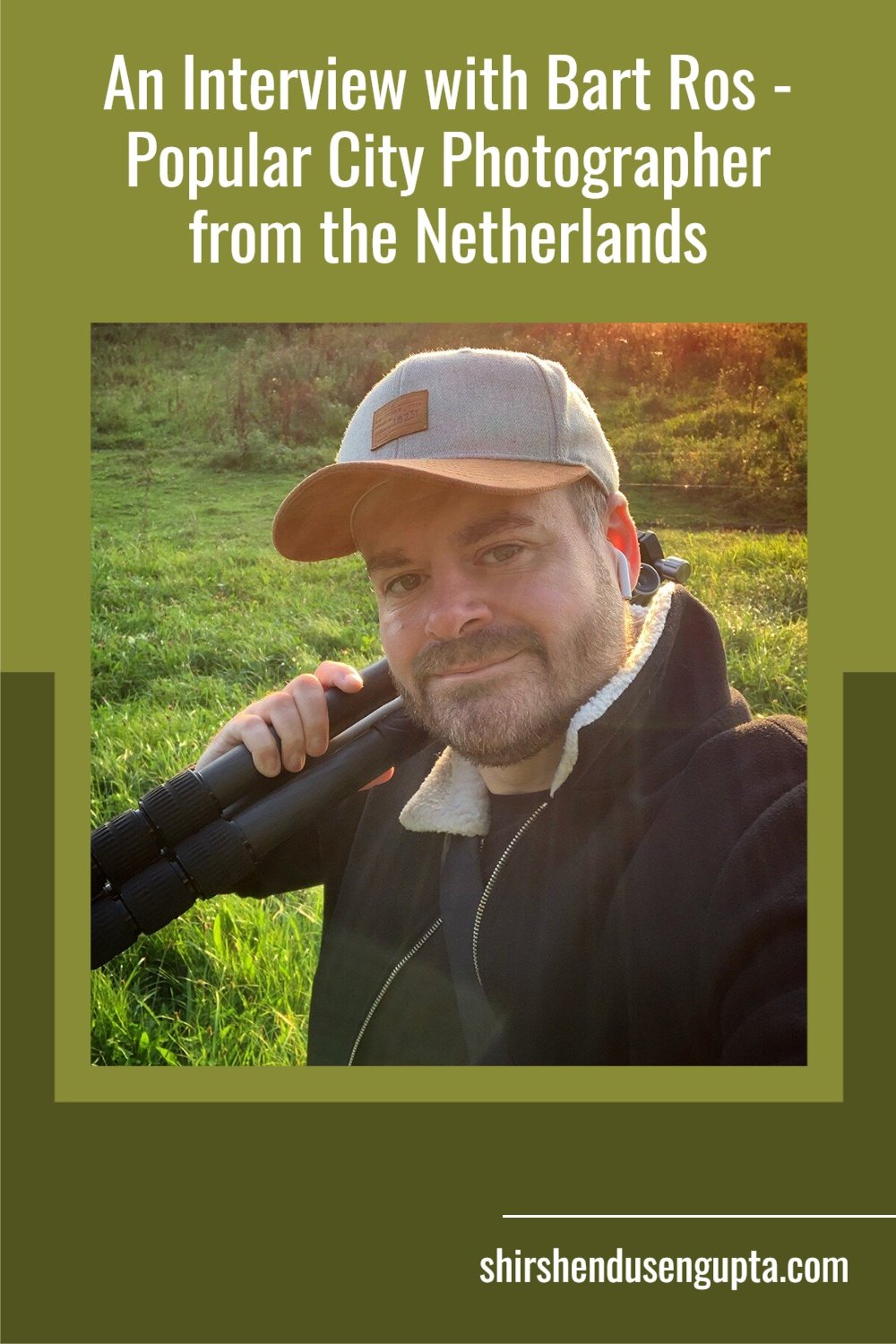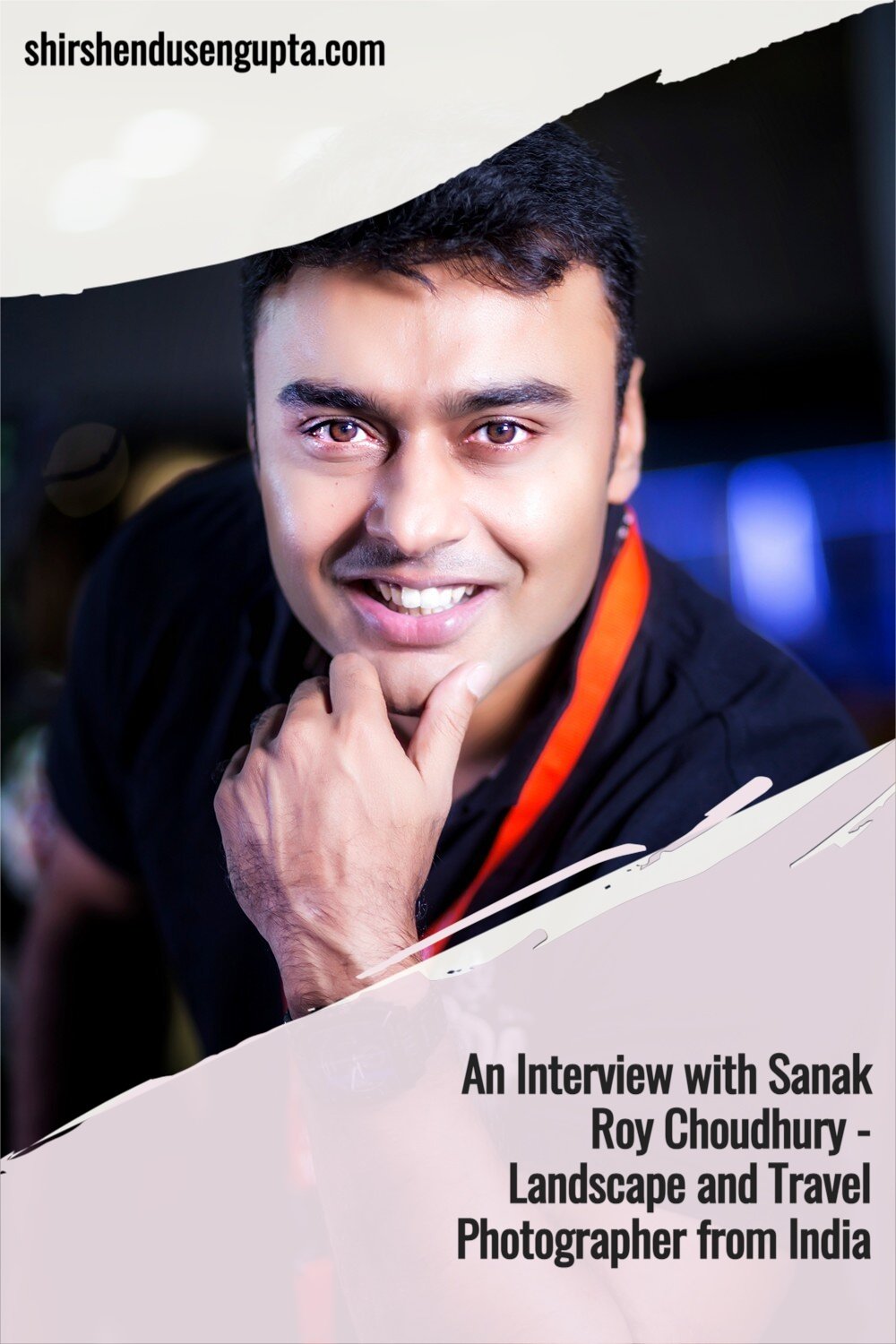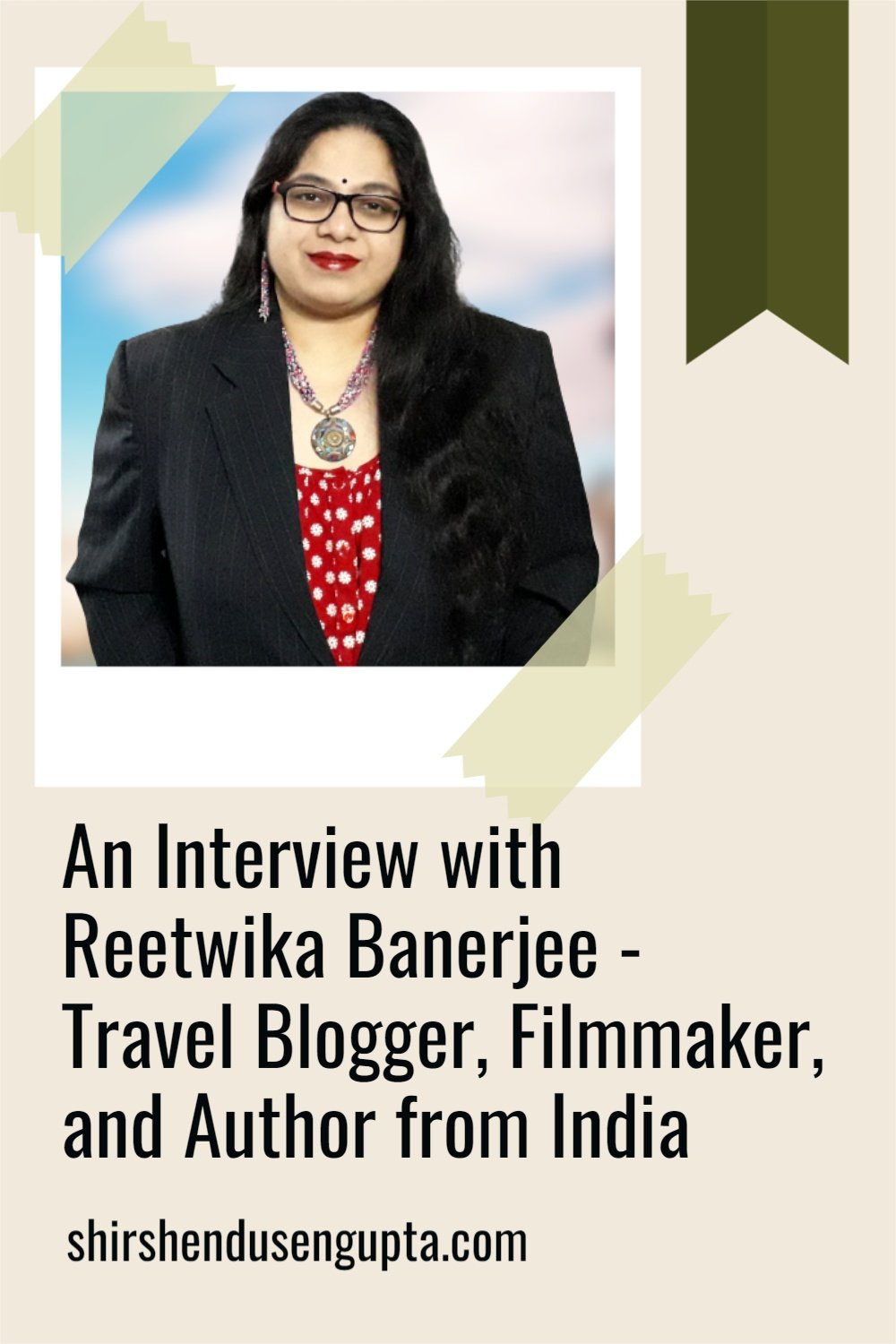An Interview with Sanak Roy Choudhury | Landscape and Travel Photographer, Photography Educator, and Mentor from India living in Muscat, Oman
Introducing Sanak Roy Choudhury
Sanak Roy Choudhury is a landscape and travel photographer from India, living in Muscat, Oman. Being a professional optometrist for the Royal Palace Clinic of Oman for the last 14 years, working with geometric and physical optics is his routine job. His passion and knowledge of optics have led him to capture mesmerizing landscapes, stunning cityscapes, and iconic architecture photographs.
He had been invited by Nikon to share his experience in ‘Capturing Cultures’ in the prominent ‘Xposure Photo Festival 2017’ in Sharjah. He’s been a judge for several photography competitions in India. He’s a curator for many photography groups and exhibitions and a mentor to one of the largest photography groups in the world (Camarena Academy). Recently he also started conducting travel photography workshops within India and abroad.
To check out the complete collection of Sanak’s work, follow him on Facebook and Instagram.
How I met Sanak
During my early photography years, I found Sanak on Facebook as a mutual friend of a couple of my existing friends and fell in love with his work at first sight. With time our friendship grew as we discussed a plethora of topics on photography over social media, chats and messages. I must say that these discussions over the years had an extremely positive influence on my learning curve. Not only that I gained invaluable insights from the experiences that he shared with me, but I also derived inspiration from his passion for photography. I want to thank Sanak for always being there whenever I wanted to discuss a new photography technique, a new post-processing method, buying new gear, and finally, for being on my blog today!
The Interview with Sanak
How did you get into photography?
My journey as a photographer began in my childhood when I traveled across the expanses of India with my father, who worked with the Indian Railways. The rich culture and the diverse landscape of India grew on me and encouraged me to showcase it to my audience through the eyes of my lens. I started as a hobbyist but kept honing my skills through continuous reflection and self-refinement. The first few months after purchasing my first DSLR camera, Nikon D7000 with an 18-105 kit lens, I experienced a lack of interest, and the camera was mostly locked inside my cupboard. The turning point came when I won a photography competition in the Times of Oman that inspired me to take a plunge into photography.
Why did you choose landscape, cityscape and architecture photography as your genre?
Being a fan of geometry, I had always been inclined towards landscape, cityscape, and architecture photography. During my initial years, these words of Ansel Adams gave me a solid reason to thrive - “Photography, as a powerful medium of expression and communication, offers an infinite variety of perception, interpretation, and execution.”
When I shoot landscapes, cityscapes, or architecture, a gamut of natural emotions streams through my mind as I attempt to connect with the surroundings. One needs to feel the picture before pressing the shutter. You need to interact with nature through your viewfinder to create your own perception and interpretation.
Why do you choose blue hour as your preferred window for photography?
Shades have specific feelings and can help in narration. You can substantially boost the aesthetic value of a photograph by adding specific colors to create a particular feeling. Blue is fascinating since blue can provide a sense of alienation, emotional coldness, and loneliness. Blue is additionally intriguing because it has an effect of embrace, of truly crisp and cleanliness.
Blue and yellow share an enticing relationship. They are on the opposite sides of the color wheel. That means that when we include blue and yellow in the same image, we will surely get a winning photograph.
Which photographers have influenced you the most?
There are plenty, but I religiously follow the landscape photography icons Ansel Adams, Michael Kenna, Nadav Kander and Sebastiao Salgado. Landscape photography has evolved exceptionally with the digitalization of technology and there are some very notable names like Marc Adamus, Max Rive, Daniel Cheong, Daniel Kordan and Ted Gore. They keep inspiring me to improve my skills every single day.
From your point of view, what makes a good picture?
The most fundamental question in photography is also one of the most intricate. To be deliberate and also purposeful is the key to create successful photos. Examination with awareness of every aspect of the scene is imperative to stand out from the crowd. To me, a good image is one where every speck of light or darkness appears as a miracle and every pixel contains detailed information.
What was your first camera?
Technically my first camera was Nikon D5200. But after purchasing the camera and clicking a few shots I started getting upset and restless as I was not able to get the kind of images I always wanted from the camera. This eventually resulted in what is known as the Gear Acquisition Syndrome (GAS) and within a week I changed it for Nikon D7000.
What gear do you use now?
I am a Nikon loyalist from the start of my photography journey and I still swear by it. The following cameras and lenses form my current arsenal.
Nikon D850
Nikon D4
Nikor 24-70 f2.8
Nikor 70-200 f2.8 VRII
Nikor 105mm f2.8 macro
Tamron 15-30 f2.8
What does it feel like to be a travel photographer?
My feeling for travel photography matches this expression from Gustave Flaubert - “Travel makes one modest. You see what a tiny place you occupy in the world.” Travel develops you, not just creatively but personally and professionally. Travel photography has allowed me to photograph this world’s most lovely locations and moments, made me develop a deep love and respect for our earth, taught me perseverance and adaptability, and given me the opportunity to never run out of fantastic destinations to shoot.
What are your five tips for any beginner who wants to pursue travel photography?
Each facet of a compelling photo is essential - the idea, the subject, the purpose, the preparation, the lighting, the composition, and also, last but not least, the final presentation. My journey to my desired result of a ‘Successful Photo’ basically encircles the following facets -
1. Research
Absolutely nothing is as valuable as another photographer that has been there. I like to use social media to meet people or find forums to connect and ask questions. My homework begins a minimum of three months before my traveling and heightens as the day of travel approaches.
2. Know your tools
For me, simplicity is crucial to success. It’s okay to utilize the most recent and best modern technology, but understand exactly how to use it before starting your trip. I never bring new gear on any journey without testing them at home first.
3. Get to the shooting location well before time
This one is something I constantly do before taking any photo. I ask myself -
Should I get closer or further away?
Are there any distractions in my frame?
What is the primary light source, as well as how does it impact the picture?
4. Final Presentation (Keep it natural)
According To Ansel Adams, “Dodging and Burning are steps to take care of mistakes God made in establishing tonal relationships.” Many may debate this point, saying post-processing is a means to alter reality. However, the truth is that no scene can be caught ‘accurately’ by any camera at any provided circumstance. The limitation of technology comes into play for both dynamic range and the colors that the human eyes can perceive. I believe in the RAW workflow as I enjoy taking control of the parameters and I think this is the most effective technique for serious photographers. Nevertheless, the million-dollar question is, “Exactly how far should one go with post-processing?”
I like to compare post-processing with cooking. You can’t appreciate quality RAW materials if your cooking ability is not up to the mark and vice versa. Similarly, you may have the best gadgets, but until and unless you don’t have the capability of that optimal ‘Final Presentation,’ your photographs will never stand apart. Remember, “The greatest dishes are very simple.”
5. Think ‘Outside the box’; Composition is the key
It can be challenging to think of an ‘outside the box’ composition of a popular tourist destination when there are many cliched perspectives of the same place available in abundance over the internet. I try to limit myself to optimal 5 to 6 ‘safe’ shots focusing on composition and technique and then attempt to unleash my imagination and originality. Shoot from the ground with a wide-angle or fisheye lens, climb a tower and shoot from above, wait for dawn/dusk, put the camera on a tripod, and go for long exposure photography to capture the landmark in stunning light along with the ghostly trails of tourists strolling by, and so forth. Testing remains the key to your originality.
What do you consider your greatest success?
I have a deep faith in the Law of Reciprocity, which mentions that you will always have an ingrained psychological urge to do something good in return when someone does something good for you. The most exemplary practice about the Law of Reciprocity is to share a few of your best content and knowledge with passionate beginners, which subsequently will give you a feeling of success paired with love and wishes. I maintain this generosity above all my materialistic achievements.
What are your other areas of interest apart from photography?
Cricket was my first love since my school days and I represented my state West Bengal (as a part of the under-sixteen team) at the national level. But unfortunately or fortunately, education kicked in and cricket got kicked out. I am interested in philately and numismatics and I still collect stamps and coins whenever life offers me a chance. Apart from all my creative engagements, I love working out in the gym and spending quality time with my family.
Any final thoughts that you would like to share with our readers?
If you click for acknowledgment, then that is not your passion but your ego. Be influenced by the stalwarts; however, be original. Do not be an imitating monkey. I wish you all good luck with your photographic endeavors!
Pin the article
Bookmark the article for reading later!
Want us to write an article for you?
Articles for magazines, newspapers, and websites!
Watch our Videos
Check out our videos on our Youtube Channel!
Join the Newsletter
Get updates on our latest articles!
We respect your privacy. Read our policy here.





